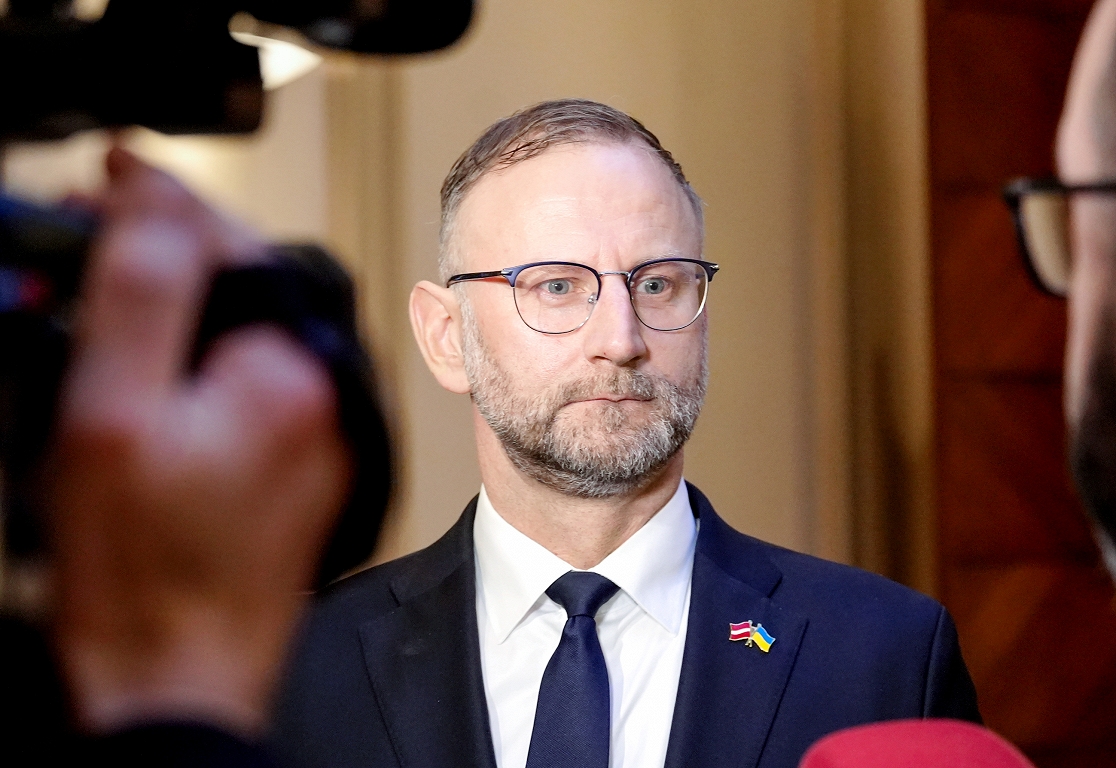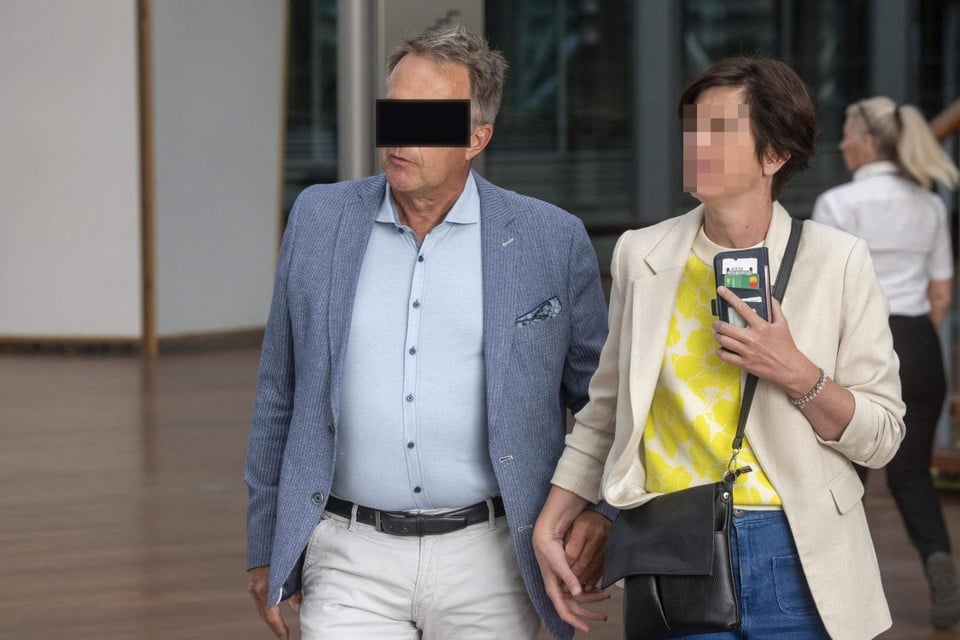Latvians and Estonians celebrate the book for five hundred years. Released edition of its first book / day

The collection of articles created by the National Library of Latvia (LNB) in cooperation with the National Library of Estonia is devoted to the most important events in Estonian and Latvian books from 1525 to 1918, including 25 topics, which Latvian and Estonian researchers write. The format of the edition is popular science, suitable for a wide audience with interest in history, booklet and parallels of Latvian and Estonian culture.
The collection looks at topics such as the first Bible translation, the first alphabet, the first grammar books, dictionaries, periodicals, cookbooks, encyclopedias and other prominent monuments written and printed from the first book in Latvian and Estonian until the declarations of independence of Latvia and Estonia in 1918. This edition is one of the cycle For the Latvian book – 500 and For the Estonian book – 500 the most important events.
« We discover the book that is deliberately designed as a set of popular science essays. Not only to mark the testimony of the past and let us think of the basics we stand on, but also to think about the future commitment. But very specifically, with texts, it is not just a book on history.
In Latvia And in Estonia, the book comes out in different designs. For Estonians, it is more academically festive, for us, designer Dart Hofmane’s plans – attractive contemporary, with visual quotes from the history of books. Publicity photo
A powerful future resource
« Latvian and Estonian cultural parallels are multi -layered. These two editions are a great symbol and the embodiment of the joy and enjoyment of life we see in both common and different things. We recognize different parallels in melodies – Ligo – Recognize various symbols and elements. What helps us understand how to build a future based on common values and experience, « says the director of the National Library of Latvia. The expenditure has been prepared by the National Libraries of Latvia and Estonia. « We, the National Library, see relations with the Estonian National Library as one of the most important directions of strategic cooperation. It is a relationship that makes sense for our work in the wider European and international context. The National Library is a player who can think of a huge power in its own. Director of LNB Dagnija Baltiņa.
Andris Vilks, the long -time director of the National Library of Latvia, was the long -time director of the Latvian National Library, who deliberately proposed to celebrate the five hundred anniversary anniversary with Estonia. As a result, this proposal became a program – with expert involvement, authors’ selection, individual essay creation, inviting translators, support of presidents and enthusiasm for the library teams.
« In fact, I think the five hundred years of celebration is just the beginning. This autumn we will open an exhibition that will talk about how our nations have been durable and self -confident. It is also a very strong resource for the most valuable innovation in our hands. Dagnija Baltiņa, Director of the National Library of Latvia, said in a speech.
Helps insoluble
« The mother tongue helps us to dissolve in the rest of the nations. Especially for small nations, the language is the mirror and DNA of its culture and soul. It can express their course of history, experience and uniqueness that is not possible in foreign languages, » says Martin Evel, director of the Estonian National Library.
At the opening event of the book, both Estonian Ambassador to Latvia Eric Marmme and Martin Evel mentioned the Latvian -born Estonian poet Kristian Jaac Peterson (1801-1822), who, according to Evel, « lived a short but significant life ». « When he wrote his patriotic ointment, the fate of Estonian was very vague, but today we judge what language should be used at university, and our language structure is increasingly similar to English. In Russia, both Latvia and Estonia were able to protect their mother language in schools. » At one time, studying at the University of Tartu, Christian Jacques Peterson repeatedly measured the Riga -Cesis -Rubene -Valga -Valga -Renga -Tarta route. The poet’s birthday on March 14 is celebrated as a native language day in Estonia, which has been announced as a national holiday since 1999. In 1983, a Christian Jacques Peterson Monument was placed in Tartu Domkalns throughout the body. At its foot, there are words from Peterson’s poem asking, « Is this the language of this earth/cannot be song in the wind,/lifting in the sky high,/forever looking for yourself? »
« The first books burned in Latvian, Liv and Estonian. Most likely, because it has always been a practical and popular way to get rid of unwanted literature. It would also be important, because the purpose of this article is to highlight stop points on the way from the beginning of the printed word in Latvian and Estonian in the early 16th century. The interactions of the united literary language and nation formation processes, « Tom Kencis writes in the introduction to the book. « Five trajectories are marked in the history of Latvian and Estonian works, allowing you to think about faith, learning, farming, feeling and growth in self -esteem leading to the release of the nation. »

The publication was created by researchers of the National Library of Latvia and the National Library of Estonia. The editors of the publication are Tom Kencis and Piret Lotmane. The authors of the articles are invited by every subject experts in Latvia and Estonia: Andris Vilks, Pēteris Vanags, Māra Grudule, Janis Krēsliņš, Valdis Tēraudkalns, Pauls Daija, Aiga Shemeta, Astra Spalvena, Anita Cherpinska, Vita Zelče, Gints Apals, Dace Bull Viesturs Zanders, Jānis Šiliņš, Tina Kala, Lea Keiva, Jiri Kivime, Piret Lotman, Kristina Rosa, Aivars Pulku, Kill Habihta, Killi Prillep, Ave Mateus, Lina Lukasa, Inna Peltsama-Jirjo, Marju Lutsa Stacker, Sirje Oleska, Krista Aru, Janek Stack, Mari Wayne, Marek Tamm, Marina Laka, Ilmar Burno, Ero Mediainen.
The design of the book was designed by Dārta Hofmane. Translated from Estonian by Anita Tannenberg. The expense can be purchased at the LNB store Friend’s room and Eurāls.lnb.lv








